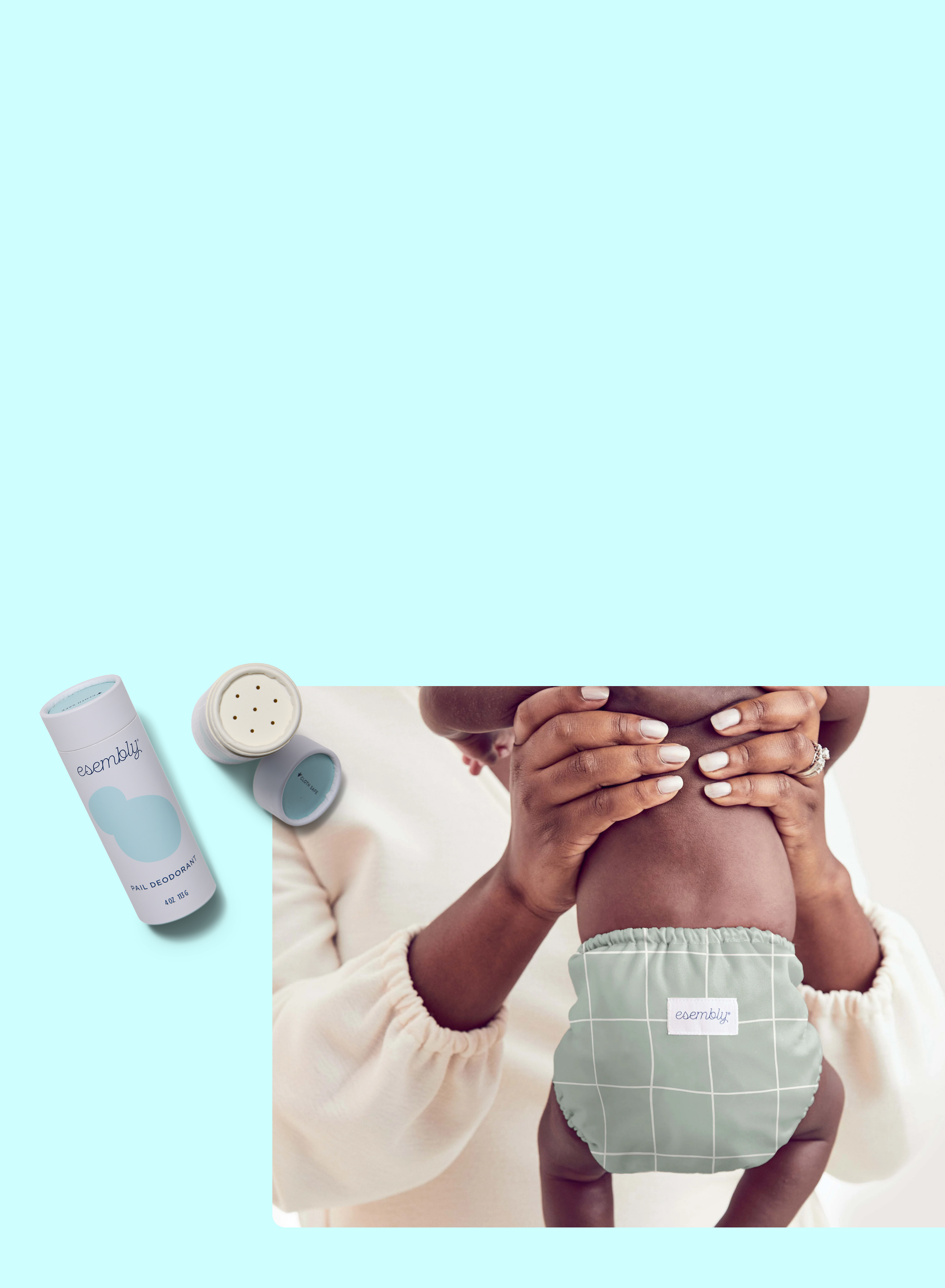
Thinking about making the switch?
Your comprehensive guide to cloth diapering.
Is cloth diapering really better for the environment?
How many diapers do I need to get started?
Do I have to worry about diaper rash?
How do I wash cloth diapers the correct way?
The Bottom Line
Cloth diapering doesn’t have to be intimidating


